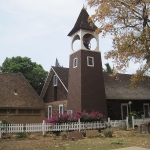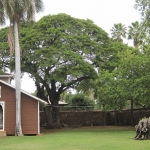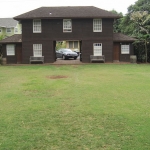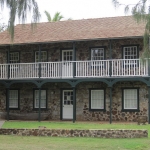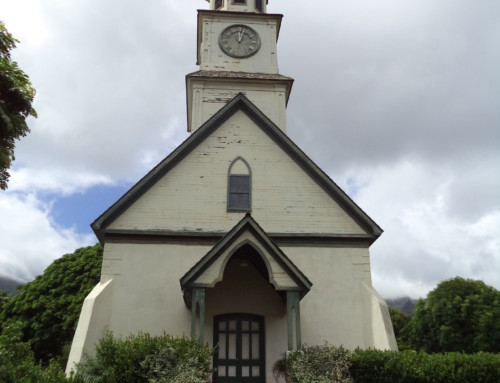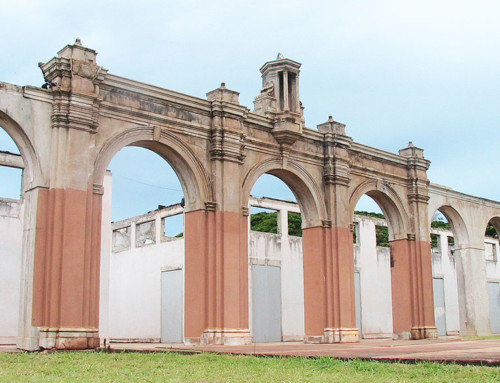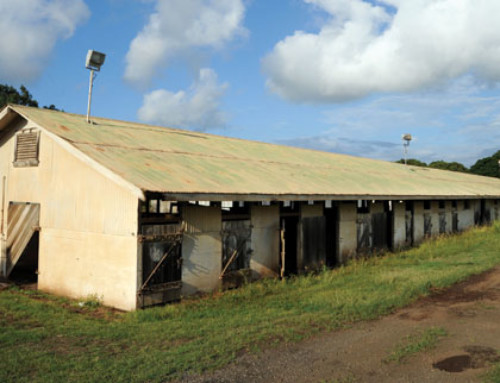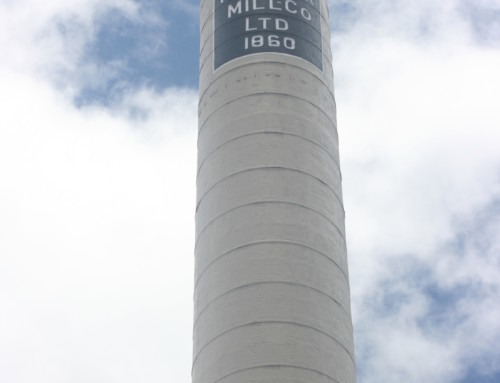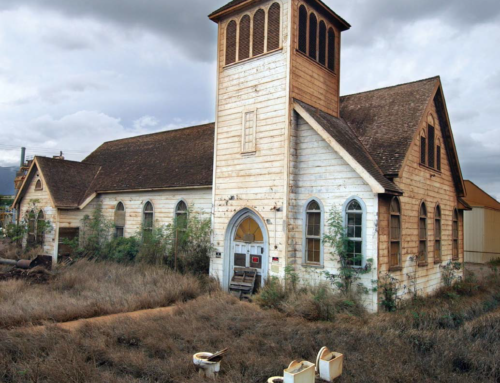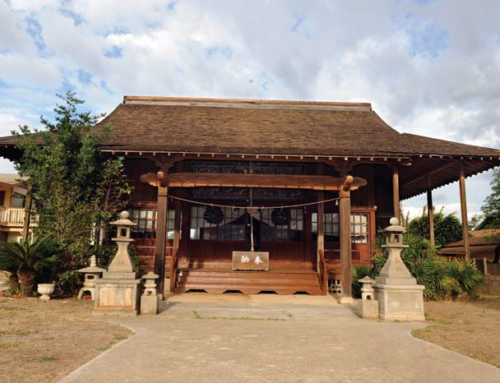Article Written By: Jenny Quill, HONOLULU Magazine
What is it?
The first capital of the kingdom of Hawai‘i, Lahaina was also once a bustling whaling town and plantation settlement. To recognize and preserve its rich history, two sets of historic districts have been created in Lahaina: The Lahaina Historic District, which encompasses about 1,665 acres, was added to the National Park Service’s (NPS) National Historic Landmarks Program in December 1962. Maui County Historic District Boundaries 1 and 2 cover about 65 acres in Lahaina. “Historic District 1 was designated more for traditional historic sites such as the prison, the Masters’ Reading Room, some of the older churches, the Seaman’s Hospital,” says Ann Cua, the deputy director of the Maui County Planning Department. “Historic District 2 is where you have the commercial buildings on Front St.”
What threatens it?
The inclusion of the Lahaina Historic District on this list may come as a surprise to many, as it doesn’t appear to be crumbling to the ground. And, to be honest, it’s not; the danger here is far more insidious. “The threat is a long-term pattern of insensitive new construction and incompatible renovations to historic buildings,” says Kiersten Faulkner, executive director of the Historic Hawai‘i Foundation. “The National Park Service, which has oversight of National Historic Landmarks, has noted this pattern as starting to undermine the integrity of the district. It is not an issue of individual sites as much as it is a cumulative effect of countless individual decisions.”
Indeed, a 2008 report by the National Parks Service listed the district as threatened, which NPS defines as “any landmarks that have suffered or are in eminent danger of a severe loss of integrity.” The report specifically points to “a large number of improvements made in the district without permits” and original wood windows being swapped out for new vinyl windows that do not maintain the historic architectural integrity of the buildings. “We can see [the threats] day to day, with people coming in and wanting to demolish structures,” says Cua.
According to Cua, the department has only four full-time inspectors, who are responsible for reviewing all of the county’s zoning issues, including signage, parking, landscaping, and following up on complaints. “For us, that’s a relatively small number to take care of all zoning enforcement,” she says. “Again, we don’t look for people tearing down things or taking out windows and doors. We’re so busy just trying to review people’s permit applications and following up on complaints, that consumes our inspectors’ time.”
What can be done?
Aside from hiring more inspectors, which isn’t likely given the state’s budget cuts, one way to curb the degradation of the historic districts, says Cua, is educating building owners about the historic significance of their buildings and ways in which they can implement adaptive reuse of a site. Another idea is to encourage incentive programs, like the Lahaina Heritage Sites designation, which is given out by the Lahaina Restoration Foundation as a way to acknowledge a building or site that is a good representation of the historic district. Lastly, says Cua, money talks. “It’s important that we’re providing economic incentive and local tax abatement to help make it financially feasible for adaptive re-use.”






